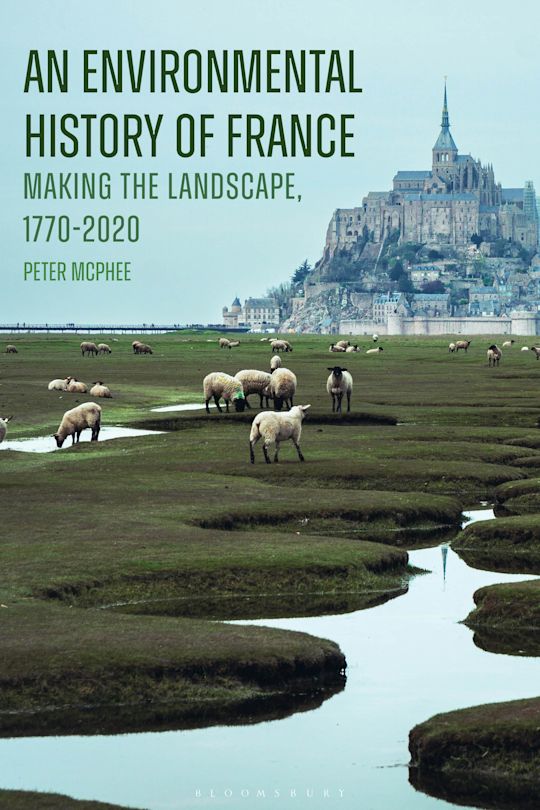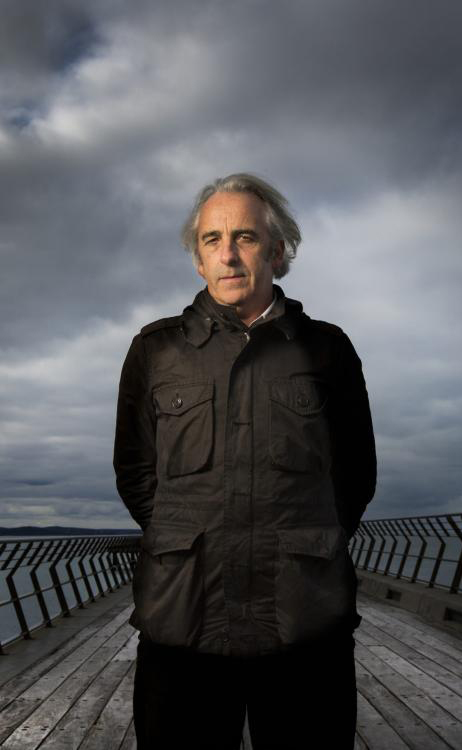An Environmental History of France: Making the landscape, 1770-2020
Bloomsbury, $35.99 pb, 224 pp
ABR receives a commission on items purchased through this link. All ABR reviews are fully independent.
2,800 oaks per warship
In a mountain area of south-eastern France that I know well, the locals will often respond to a comment on the beauty of the valleys by remarking glumly that they are not what they were: the forest is expanding, they say. We might see reforestation as a good thing, restoring hillsides devegetated and exposed to erosion by goats and sheep, but to them it marks the loss of a beloved familiar landscape. This bears out a point that Peter McPhee makes throughout his engaging new book, An Environmental History of France: that people have an idealised image of French landscapes, perceiving them as beautiful and timeless. In fact, he shows, they are the product of human activity, most markedly over the past 150 years. In that time, the bay around Mont-Saint-Michel has been largely reclaimed for farming, the hedgerows of Normandy have been destroyed, and freeways and fast train lines have sliced through the countryside.
Continue reading for only $10 per month. Subscribe and gain full access to Australian Book Review. Already a subscriber? Sign in. If you need assistance, feel free to contact us.
An Environmental History of France: Making the landscape, 1770-2020
by Peter McPhee
Bloomsbury, $35.99 pb, 224 pp
ABR receives a commission on items purchased through this link. All ABR reviews are fully independent.















Comment (1)
Leave a comment
If you are an ABR subscriber, you will need to sign in to post a comment.
If you have forgotten your sign in details, or if you receive an error message when trying to submit your comment, please email your comment (and the name of the article to which it relates) to ABR Comments. We will review your comment and, subject to approval, we will post it under your name.
Please note that all comments must be approved by ABR and comply with our Terms & Conditions.